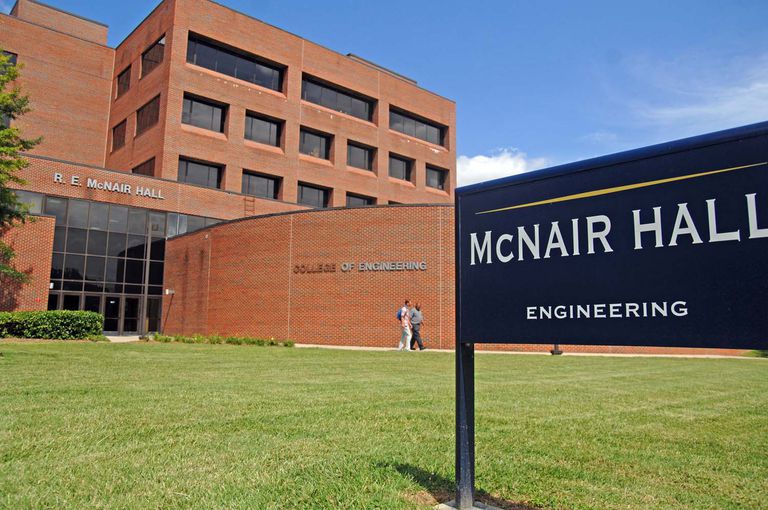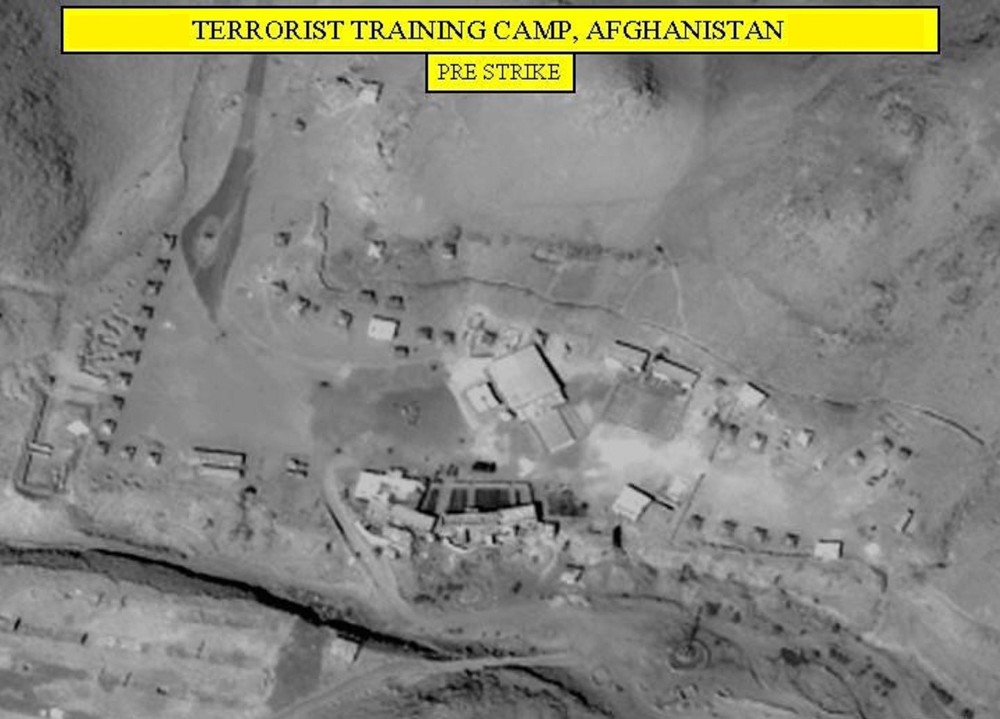Over a three-day period, beginning near midnight on Christmas Eve, four Soviet Army motorized rifle divisions invade Afghanistan as Soviet special forces seize airports in Kabul. The communist, exiled leader Babrak Karmal is installed as president.
It is the beginning of the end for the Soviet Union, but also the birth of a new brand of Islamic fundamentalism not based on animus towards Israel. Over the next decade of fighting—devastating to Afghanistan and to Afghan fighters—al Qaeda is born. The CIA’s decade-long, covert-action support for the war against the Soviets reportedly involves billions in arms and support, much of it funneled through Pakistan and Saudi Arabia.
The Arab migration to the fight—the holy jihad supported by a young Osama bin Laden—does not really get underway for another five years, but then thousands of volunteers make the holy pilgrimage to Afghanistan to fight the foreign invader, some joining al Qaeda as it later forms (in 1988) and some just jihadi tourists who return to their home countries of Saudi Arabia and the Gulf states.

